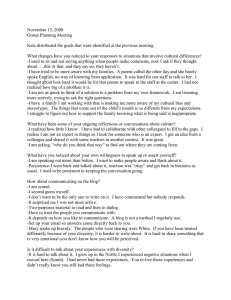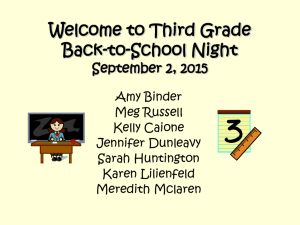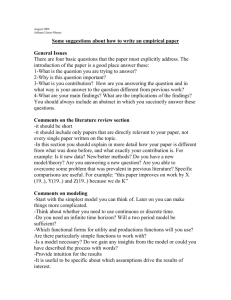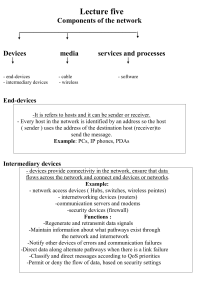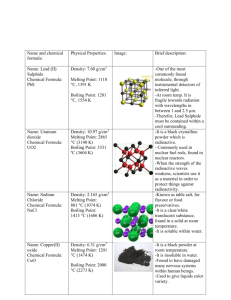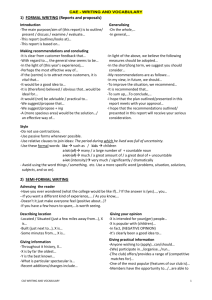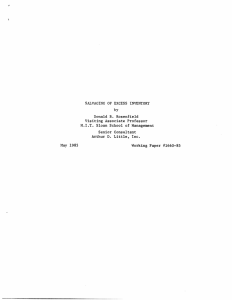TPR & Natural Approach: Language Teaching Methods
advertisement
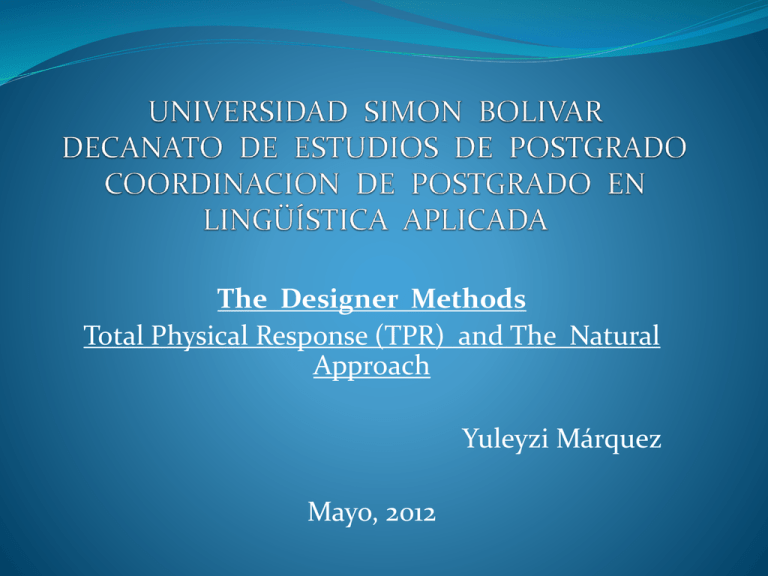
The Designer Methods Total Physical Response (TPR) and The Natural Approach Yuleyzi Márquez Mayo, 2012 Total Physical Response (TPR) and The Natural Approach A method which attempts to teach language through physical motor activity. It was developed by James Asher . According to Asher “… the fastest, least stressful way top achieve understanding of any target language is to follow directions uttered by the instructor( without native language translation) ( Larsen, D :108) “Total Physical Response (TPR) is a language teaching method built around the coordination of speech and action; it attempts to teach language through physical (motor) activity. Developed by James Asher, a professor of psychology at San Jose State University, California...” (Richards, J and Rogers, T : 87) Theoretical Background Research in the 1960’s and 1970’s “… gave rise to the hypothesis that language learning should start first with understanding and later proceed to production” ( Winitz in Larsen:107) Theory of Language Structuralism and grammar views of language . Language is composed of abstractions and nonabstractions, with nonabstractions being most specifically represented by concrete nouns and imperative verbs. According to Asher, vocabulary and most of grammar of the target language can be acquire from the use of the imperative. Theory of Language Learning It is based on a stimulus-response view (Sv-R). “…Asher still sees a stimulus-response view as providing the learning theory underlying language teaching pedagogy” (Richards and Rodgers, T:89) Pros -It is an easy method to implement. -Activities are simple. -It does not require well-trained teachers. -It is suitable for children and adults, among others. Cons -The teacher controls all the process of learning. -It is not useful for all levels. -It does not give students the opportunity of using their creativity -Not suitable for all kind of students for example: shy students. Practical Applications -It is useful for children and adults as well as low levels and people with some problems of learning The Natural Approach was developed by Tracy Terrel, a colleague of Stephen Krasken in 1977. From the beginning, The Natural Approach had the purpose of develop a language teaching proposal that incorporated naturalistic principles some researchers had identified in L2 studies. The major emphasis is on exposure to input rather than practice Theory of Language “Language is viewed as a vehicle for communicating meanings and messages” ( Richards and Rogers:130) Theory of Language Learning Two processes are involved in the learning of a language: Acquisition refers to an unconscious process that involves the naturalistic development of language proficiency through understanding language and through using language for meaningful communication. Learning, by contrast, refers to a process in which conscious rules about a language are developed. Pros -It reduces the learner’s anxiety -It is based on student’s needs. -A tool for beginners to become intermediates. -It helps students to develop understanding of the L2. -Its principles can be applied to different situations and learners. Cons -It is not suitable for all levels -It does not pay attention to form and accuracy Practical Applications -It helps to develop communicative skills Personal Opinion TPR and The Natural Approach are useful for children and beginners. Nevertheless, these methods should be used in combination with other methods and strategies because they are not complete. The giving of commands and the exposure of input is not enough for learning a language and develop communicative skills which are very important is this new world where communication is crucial Larsen-Freeman, D (2000). Techniques and Principles in Language Teaching. Oxford University Press Richard , J and Rogers, T ( 1986). Approaches and Methods in Language Teaching. United Kingdom, UK. Cambridge University Press.
